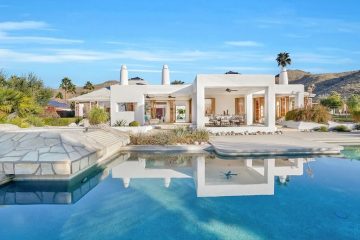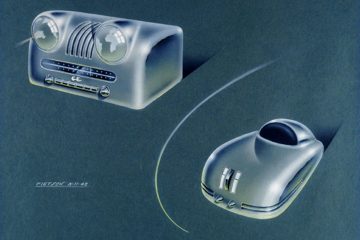With everyone tidying up and tossing anything that doesn’t spark joy these days, it’s no wonder that mid-century modern is sticking around. What began as a design trend in the 1930s, this style has come back and appears to be here to stay. But why is it still so popular?
A Broad Design Spectrum
Because it involves architecture, industrial design, furniture design, and graphic design, discussing Mid-Century design cannot be done in a vacuum. Originally, this style was popular from approximately 1933-1965. Modern design, in general, began after WW1 and includes the Art Deco era in the 1920s, while Midcentury Modern is more organic, and streamlined and encompasses the 1950s and 1960s. The Modern Movement inspires less clutter and includes only basic elements of living.
Less is More
Without a doubt, “simplicity” is the word most people would use to describe mid-century modern. Architects in this genre were moving away from ornamentation and molding, focusing more on clean lines and raw structure. Also, mid-century modern used flat planes, along with more angular compositions and asymmetrical profiles. Additionally, this style is centered more on a connection with the outdoors, with large walls and doors made of glass. In the words of William Krisel, “MCM is the same today as it was in the 1950s because it is not a style and is based on solid principles of design and human needs, along with functionalism, respect for the environment, and solving the basic human desires for livability.”
“Have nothing in your house that you do not know to be useful, or believe to be beautiful.”
― William Morris
Form Follows Function
Coined by Louis Sullivan, “form follows function” became a mantra to mid-century architects. While many structures had been built with the intent of being beautiful and (hopefully) giving a name to the designer, mid-century structures were built with the user or inhabitant in mind. We still appreciate architectural beauty today. However, with the rapid pace of 21st Century life, functionality is more important than ever.
The Greats of the Mid-Century Modern Movement
Most notably, modern architects like Richard Neutra, Ludwig Mies van der Rohe, Charles & Ray Eames, Frank Lloyd Wright, and Frank Gehry have had a major influence on architecture. Their visions have also inspired industrial, furniture, and textile design.
Frank Lloyd Wright’s bold designs are considered some of the most recognizable in the modern movement. Inspired by the flat topography of the Midwest, Wright designed his now-famous Prairie-style architecture. Although Wright did not coin the term “Usonian”, he is the brainchild of Usonian architecture beginning in the late 1920s. Wright believed in the “American Dream” and wanted to design reasonably priced homes for the masses. In addition, he became interested in urban planning.
This Usonian style was his vision of designing modest and affordable one-level homes. They usually did not have a garage and boasted characteristic strong horizontal lines. Every square inch of space of these modest structures was utilized. By incorporating built-in furniture, simple materials, and open floor plans, these buildings were most assuredly functional. Also, Wright introduced prefabrication techniques during this time to lower construction costs. For more about this topic, I suggest you read about Broadacre City.
Although there are volumes of information and a lot of history about Mid-Century Modern design, these characteristics are why I, and many others, enjoy seeing and living with Modern design.
If You Appreciate MCM Architecture
We have the perfect pieces to begin, or add to, your own collection! Visit our GALLERY for beautiful, original pieces that embody the spirit of the mid-century modern style.
OTHER HELPFUL RESOURCES
“The Usonian House I” and “The Usonian Automatic,” The Natural House by Frank Lloyd Wright, Horizon, 1954, pp. 69,70-71m 81, 198-199
“Frank Lloyd Wright On Architecture: Selected Writings (1894-1940), “ Frederick Gutheim, ed., Grosset’s Universal Library, 1941, p.100
Blake, Peter. The Master Builders. Knopf, 1960, pp. 304-305, 366
Chavez, Mark. “Prefabricated Homes,” National Park service, nps.gov [accessed July 17, 2018]
“American System-Built Homes,” Frank Lloyd Wright Foundation, franklloydwright.org July 17, 2018]





